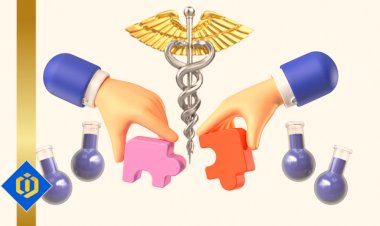the Crucial Role of Regulation and Compliance in Safeguarding Safety and Efficacy in the Pharmaceutical Industry

Introduction to Pharmaceutical Regulation and Compliance
In order to prioritize public health and maintain the integrity of the pharmaceutical industry, a comprehensive regulatory framework is in place to ensure that only safe and effective drugs are available to the public.
Licensing and Market Entry
Before a pharmaceutical product can be made available to the public, it must go through a rigorous licensing process.
Thorough Pre-Market Evaluation: This stage involves a meticulous assessment of clinical trial data, manufacturing processes, and labeling to ensure that the drug meets stringent standards of safety, efficacy, and quality.
The Exhaustive Licensing Process: Obtaining a license requires the preparation of a detailed dossier that regulatory authorities carefully review. This dossier includes preclinical data, phase III trial results, and manufacturing details.
The Role of Regulatory Bodies
Various national and international agencies are responsible for overseeing compliance with legal standards in the pharmaceutical industry.
National Authorities: Key organizations such as the U.S. Food and Drug Administration (FDA) and the European Medicines Agency (EMA) play a crucial role in establishing and enforcing drug approval standards.
International Harmonization: Collaborative efforts led by organizations like the International Council for Harmonisation of Technical Requirements for Pharmaceuticals for Human Use (ICH) aim to standardize regulatory requirements globally, promoting a more efficient and consistent drug development process.
Continuous Monitoring and Pharmacovigilance
Regulatory oversight extends beyond the initial approval of a drug and includes ongoing monitoring efforts.
Post-Market Surveillance: This continuous process involves the collection and analysis of data on a drug's performance in the general population, allowing for the identification of potential long-term effects that may not have been evident during clinical trials.
Risk Management: Regulatory bodies may require the implementation of Risk Evaluation and Mitigation Strategies (REMS) to ensure that the benefits of a drug outweigh its risks.
Compliance and Industry Responsibility
Pharmaceutical companies bear the responsibility of maintaining compliance with regulations throughout the lifecycle of their products.
Strong Corporate Governance: Robust internal policies and procedures are necessary to ensure consistent compliance with regulatory requirements.
Transparency and Reporting: Companies are obligated to promptly report any adverse findings, as well as to publish trial data and update product information as needed.
Conclusion
Pharmaceutical regulation and compliance serve as essential safeguards for public health and industry integrity. The comprehensive regulatory framework in place ensures that only safe and effective drugs reach the market. By upholding strict oversight and compliance, the pharmaceutical industry can maintain public trust and confidence while fostering ongoing innovation and advancement in the field of healthcare.
Author: Pooyan Ghamari, Swiss Economist & Visionary

 content-team
content-team 






















